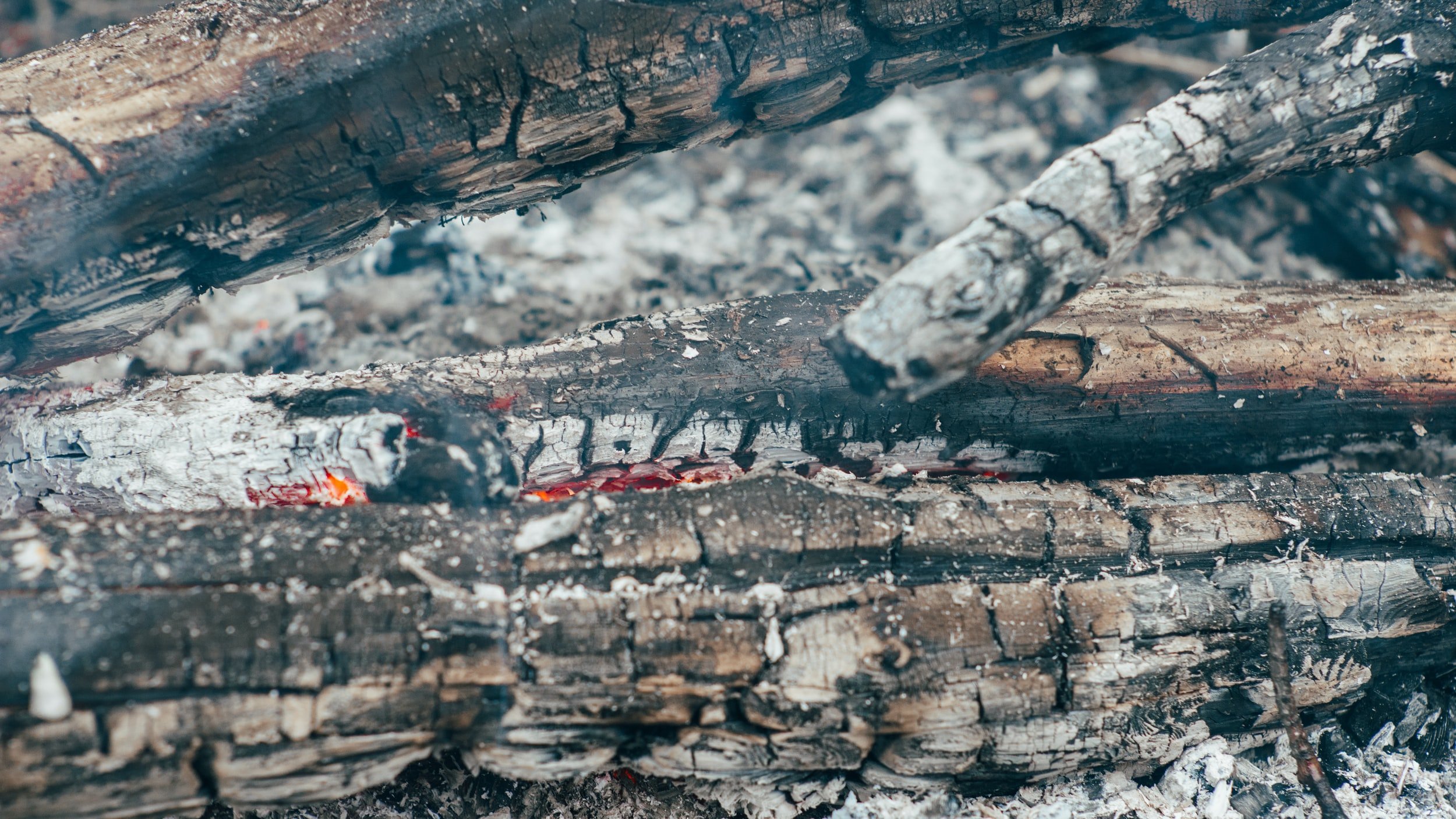Natural ways to N-P-K
What Makes a Quality Garden?
The quality of your soil affects how well nutrients are received in your garden. Sandy soil will sift out nutrients whenever watered. Everything ends up draining down to the lower layers and plants can’t take them in.
However, organic or clay soil does well in holding both water and nutrients, retaining quality and health. The soil clumps hold organic matter, keeping it available for longer periods of time.
The quality of nutrients available to your plants affect how well they grow in the garden. The three main nutrients plants need are Nitrogen, Phosphorus, and Potassium otherwise abbreviated as NPK.
If you’ve ever bought fertilizer the nutrients are labeled in order of NPK by numbers like 10-10-10. Each number shows how much of each nutrient is in the fertilizer. Together they regulate all functions in plants, trees, shrubs, grasses and all other plant life. They make vegetables tastier, fruit larger, and leaves full.
Nitrogen
Nitrogen is involved in aiding plants with photosynthesis. If your plant has ever suffered from chlorosis, where leaves are becoming a faint yellow color, then your plant is lacking nitrogen. They don’t have enough of it to keep the leaves green and healthy.
With nitrogen, plants will grow large amounts of leaves and new growth during their development. Furthermore, It is an important part of the plant’s ability to reproduce and a major component in building the plant structure.
When buying fertilizer, the amount of nitrogen is represented by the first number. For example, in the numbers 10-5-8, 10 represents Nitrogen. There are many different options for nitrogen-based fertilizers, but if you want to experiment with natural methods to add Nitrogen to your growing space, I can provide a few options.
Natural Nitrogen Fertilizer
First off, compost is an amazing source of nitrogen.
As the matter breaks down it will assimilate within the compost.
From there you can mix compost with the soil around your designated area.
Another option is planting nitrogen-fixing plants like beans, peas and legumes. These plants convert energy into nitrogen and make it available in the surrounding soil areas.
Each time you prune back the plant or chop and drop the leaves, nitrogen flows back into the soil.
Cutting and pruning leaf matter and dropping it on your soil will decompose like compost and supply nitrogen.
Mowing grass and keeping the grass clippings on the surface will allow it to break down and give nitrogen back.
Composted manure isn’t as hot or volatile as fresh manure and is mellow enough for the soil to take in. Fresh manure is too high in nitrogen and as a result can burn the plants you apply it to.
Bloodmeal is another choice for a fast acting nitrogen that you can mix into the soil.
Phosphorus
Phosphorus helps plants with their root development and the production of new shoots. Fruit that receives phosphorus will ripen faster, and flowers have higher blooms.
If you’ve ever noticed your fruit struggling to mature or producing poor quality fruit, then it has a lack of phosphorus. It keeps plants’ growth cycle in harmony so plants mature at the correct time.
Without a good source of phosphorus you may notice a dark green or purple color around the older leaves. To introduce more phosphorus into your garden space I’ve provided a few options below.
Natural Phosphorus Sources
Tethonia or Mexican sunflower is a phosphorus-fixing plant that converts energy into phosphorus to use in soil. It grows in clumps, can be easily propagated and create sunflowers that smell like honey. The leaves can be used as a chop and drop mulch, and while decomposing will give phosphorus to the garden.
Rock phosphate is a slow-release phosphorus that you can mix with soil to supply the garden over a long period.
Bone meal is high in phosporus and easy to mix into any plant or garden bed. It is a slow-release fertilizer and will add P over time rather than all at once.
On the other hand, fish meal is a fast-release phosphorus fertilizer that will quickly disperse into the soil in a short period of time.
Potassium
Potassium controls the opening and closing of the plant’s stomata, helping it exchange gases and vapors with the environment. During photosynthesis, potassium is like the shutter of a camera and regulates the amount of light the plant receives.
In addition, it circulates water and nutrients throughout the plant body, leading it to become more drought tolerant.
When your plant is potassium deficient, you’ll notice the leaves will droop down and wilt during hot weather. There may also be browning, curling and stifled growth around the edges.
Natural Potassium Sources
Banana peels are a great source if you chop them into pieces and bury them around plants that need them. You can put them into the compost pile as well and it will infuse the pile with potassium.
Ash from burning wood is another great option. If you collect the wood ash after a fire you can mix it in with the soil and add it to your garden.
If you live near a beach or large water body it’s possible to collect seaweed if you have a fishing license. It may be best to de-salinate it before adding it to the garden to prevent adding unwanted salt content. Either add it to the soil around your plants or to your compost pile.
To be the most knowledgeable about the nutrients currently in your garden I recommend getting a soil test. From there, you have a broad awareness of what’s already present so you can avoid adding too much of one thing.
To learn more about soil test kits click here.






